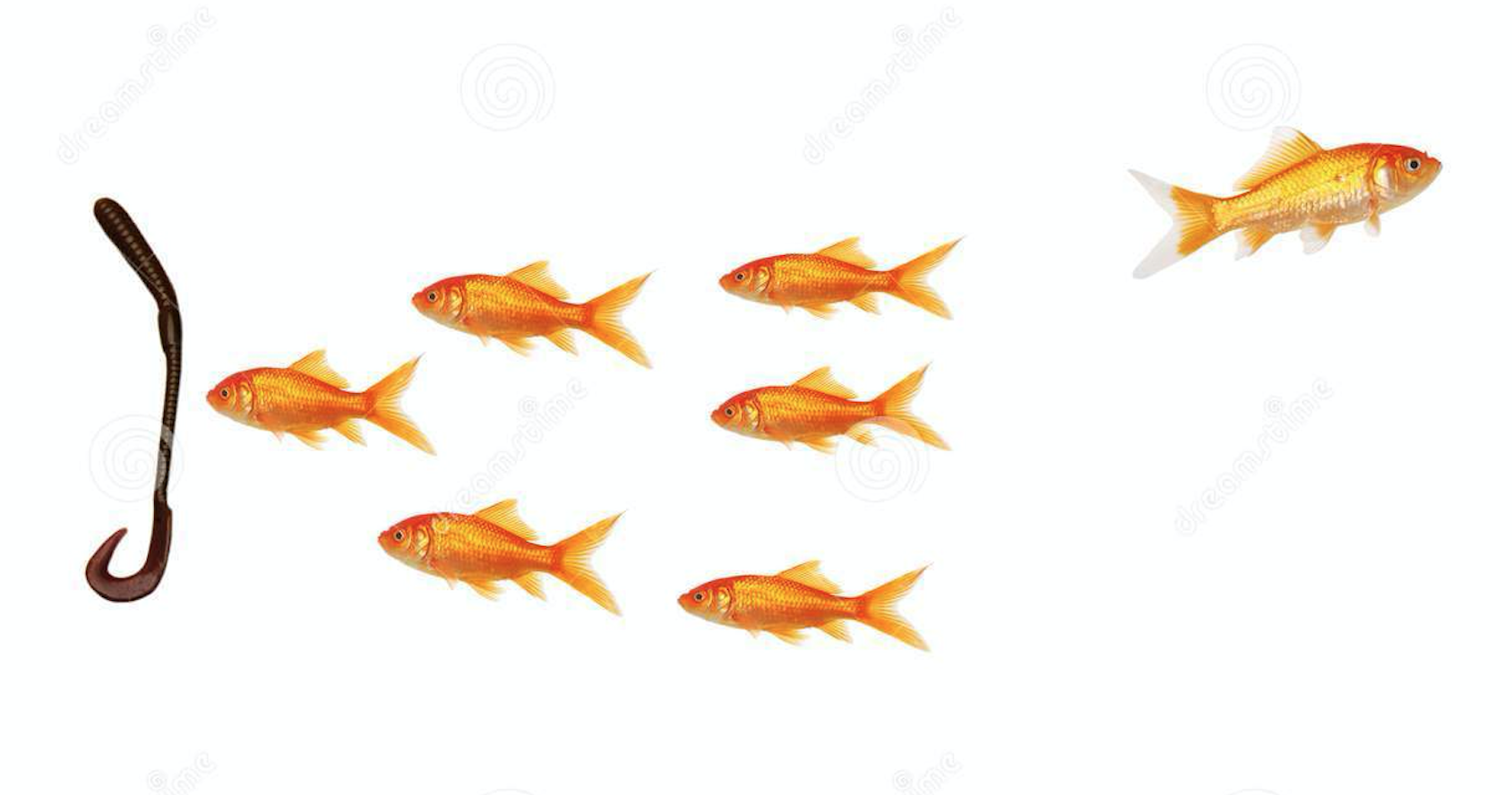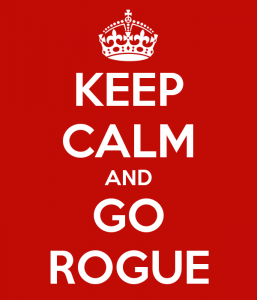Canada Day.
Tomorrow, July 1st, we celebrate Canada Day. Sorry to say, it’s not with the same gusto as our neighbours to the South celebrate Independence Day, but we celebrate with a certain “Je ne sais quoi,” that only we Canadians have. Mostly we celebrate with beer, swimming in the lake, and mildly dangerous home fireworks.
In honour of the birth of our country….wait, let me google that’s what we are actually celebrating to be sure.
Canada Day (French: Fête du Canada) is the national day of Canada, a federal statutory holiday celebrating the anniversary of the July 1, 1867, enactment of the Constitution Act, 1867 (then called the British North America Act, 1867), which united three colonies into a single country called Canada within the British Empire
(source: Wikipedia)
 Hmm. Interesting. Not sure I knew that explicitly. Thank heavens for the interweb. Either way, the day off in the middle of summer where I always go to a cottage got me thinking about being Canadian and office culture.
Hmm. Interesting. Not sure I knew that explicitly. Thank heavens for the interweb. Either way, the day off in the middle of summer where I always go to a cottage got me thinking about being Canadian and office culture.
Canadian Workplace Traits
What Canadian traits do we have in the office workplace (if any)? While I know you all want me to describe the intricacies of using “Eh,” I will not. Sorry. Oh ha, there it is! What I am going to discuss is our use of sorry and how it impacts our business culture.
Compared to our English speaking neighbours, apparently we have a penchant for overusing the apologetic term. Our friends to the South apparently don’t say it at all, and according to the National Post, our accented colleagues in the UK don’t mean it.
#sorrynotsorry
So presumably the theory is, when we say sorry too much we are meek, over-polite, and perhaps even admitting guilt that isn’t there (I won’t begin to tell you the number of times someone bumps into me and I say sorry!).
So in the work environment, we want to create a culture that is polite, respectful, accountable (meaning we are willing to say out loud that we bungled something up), but saying sorry for everything might undermine our career aspirations. Saying sorry might:
a) be perceived as excessive and unnecessary (particularly for the analytical types who may favour data to feelings),
b) create a perception that we’ve done something wrong, when we actually haven’t, and finally,
c) it might render the use of the word somewhat meaningless.
How to Say Sorry Just Enough!
- When you have hurt someone’s feelings. So, in yesterday’s TPS report meeting, you tell Cynthia that the new TPS reports are “THE DUMBEST IDEA EVER”. Cynthia has been a little aloof lately, and you find out later she designed the new TPS reports. This is a good time to admit that your statement was offensive. “Cynthia, yesterday I said the new TPS reports were dumb. I realize that might have been offensive. I’m sorry. Can you help me understand them better so I can have a better appreciation of the work you did?”
- When you have made an error and are owning up to it. Once very early on in my career in the Ontario Public Service, I made a $150,000 procurement error. I forgot to type over the system default date of April 1 with Mar 31. We lost that money from our budget that year. After creating a small wading pool of sweat in my cubicle and panicking to the point of fainting,
 I went into Lumbergh’s (not his real name…but there is a movie reference here) office and said: “I made an error in the system. This money is coming out of this years budget, not last years. This is how I’m going to fix it so this never happens again. I’m SO sorry.” Lumbergh turned beet red with rage, and then immediately resumed his natural “public service pale,” and said – “thanks for owning up to it, not making excuses about the system, and for your apology. Let’s move on”. Now, I wasn’t normally a fan of Lumbergh, but in that moment I could’ve hugged him.
I went into Lumbergh’s (not his real name…but there is a movie reference here) office and said: “I made an error in the system. This money is coming out of this years budget, not last years. This is how I’m going to fix it so this never happens again. I’m SO sorry.” Lumbergh turned beet red with rage, and then immediately resumed his natural “public service pale,” and said – “thanks for owning up to it, not making excuses about the system, and for your apology. Let’s move on”. Now, I wasn’t normally a fan of Lumbergh, but in that moment I could’ve hugged him. - When you have not acted politely. You interrupted Sally’s story during a meeting. You failed to notice Henry two-stepping it to catch the open door because he had two coffees in his hand and let the door crash into his face and his lattes. “Wow. I’m sorry. I just interrupted you/slammed expensive coffee into your face. Please go on/let me hold the door.”
The Goldilocks of Sorry – Just Right.
My point here is that sorrys don’t have to become ubiquitous. Use sorry sincerely and genuinely. Don’t say “Sorry, but…..it was x,y,z’s fault” – that negates your sorry and says you aren’t sorry at all. Don’t say sorry unless you know what you are sorry for. Don’t say sorry when someone bumps in to you (say excuse me instead – and honestly as Canadians we don’t want to be doormats!).  Don’t say sorry when you are late for the 100th meeting in a row. You clearly aren’t sorry because you aren’t fixing your complete lack of respect for others’ time.
Don’t say sorry when you are late for the 100th meeting in a row. You clearly aren’t sorry because you aren’t fixing your complete lack of respect for others’ time.
Say sorry when you screw up, and you know it. Say it in isolation. I’m sorry {period}. Let it sink in. Say it with passion, and if you must, add an “eh” on the end to seal the deal. And as a major belieber, it is never too late to say sorry.
Happy Canada Day!
Until Next Time,
Nicole


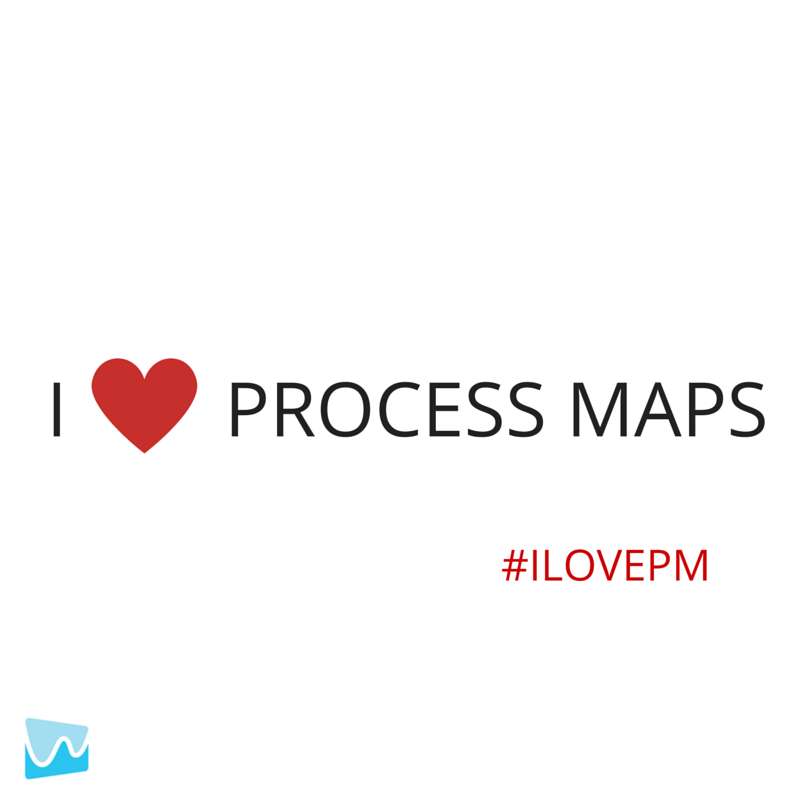

 3 Signs You Need Process Mapping STAT!
3 Signs You Need Process Mapping STAT!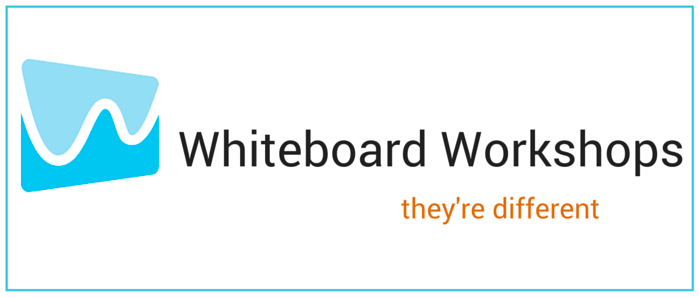
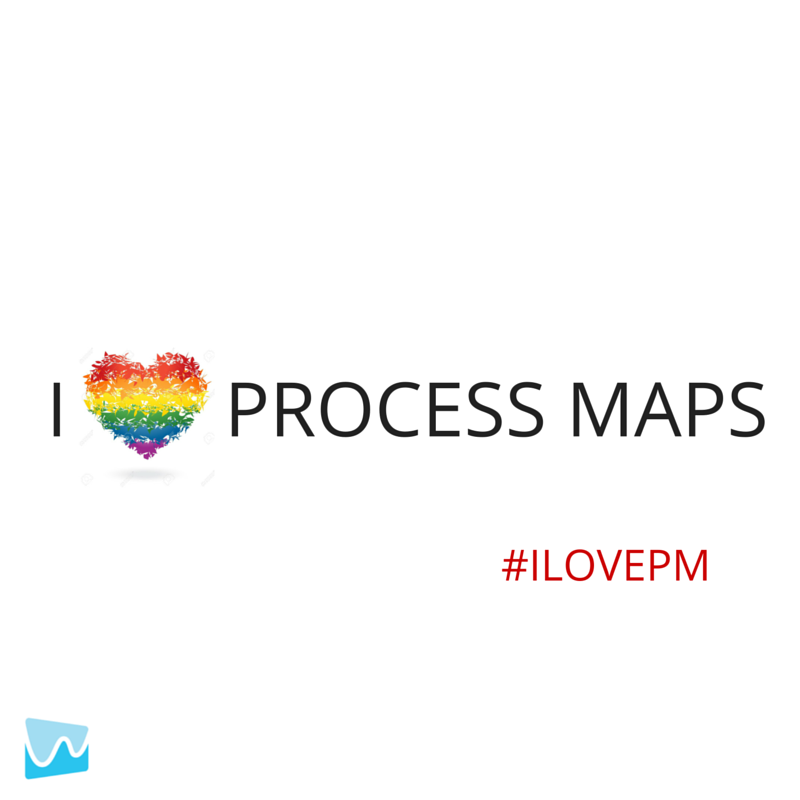
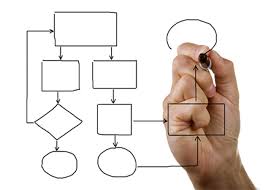 Process Mapping is awesome and fun and helpful and easy and so amazing, right?
Process Mapping is awesome and fun and helpful and easy and so amazing, right? Whiteboard Workshop: Introduction to Process Mapping
Whiteboard Workshop: Introduction to Process Mapping